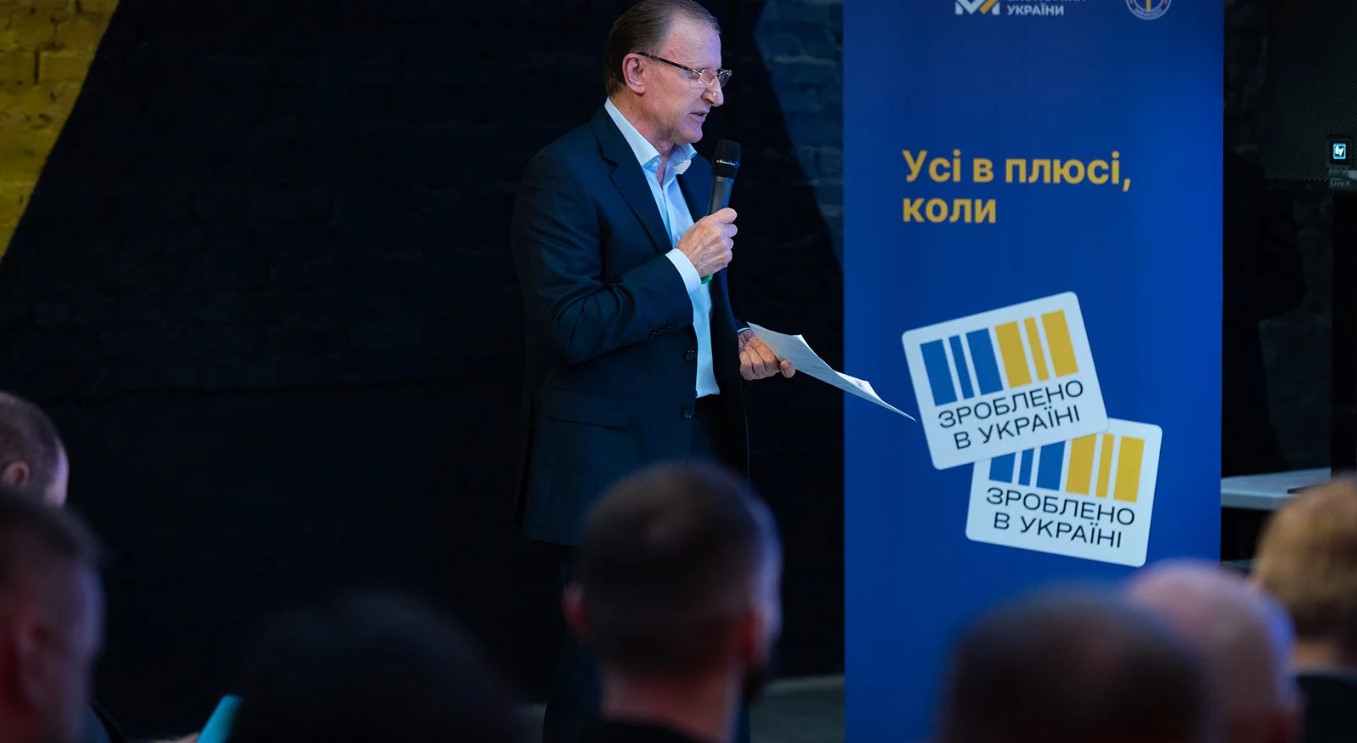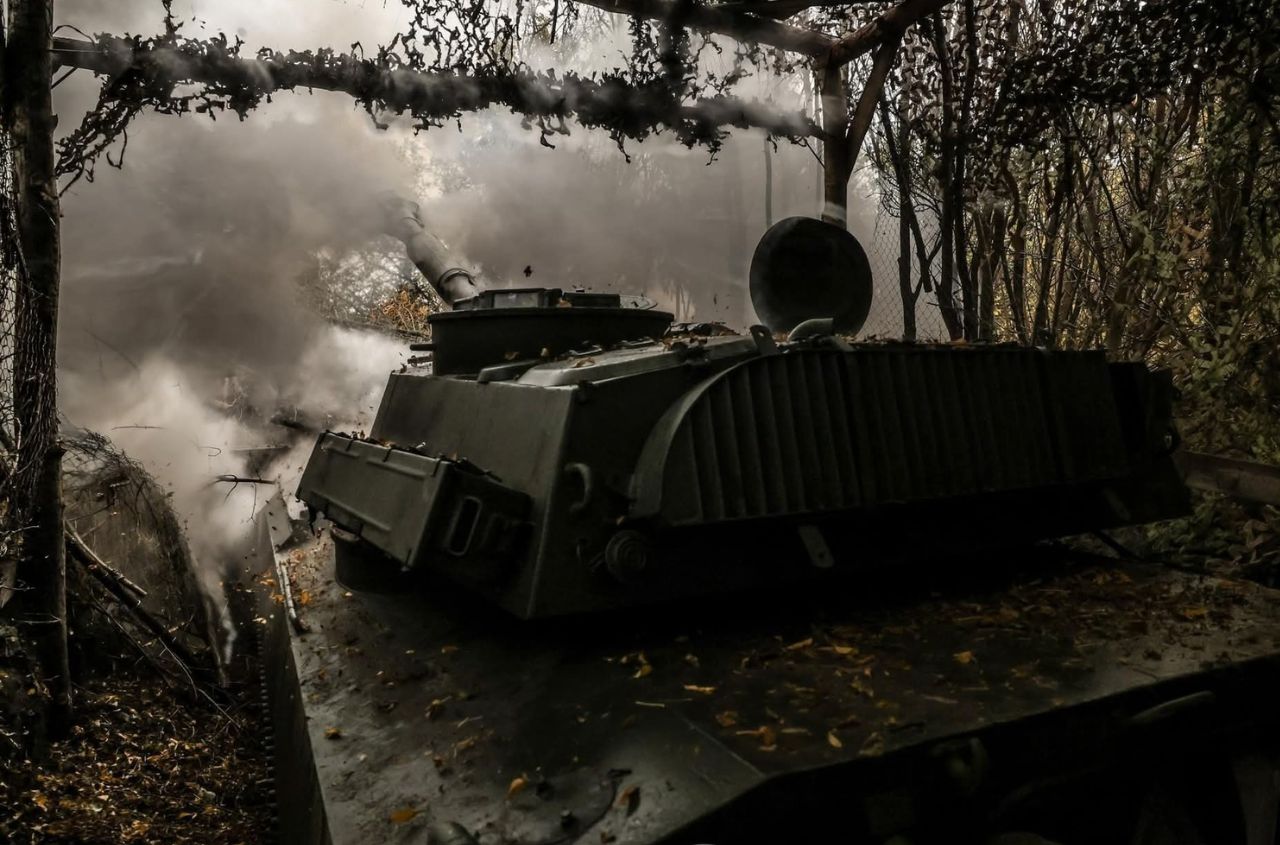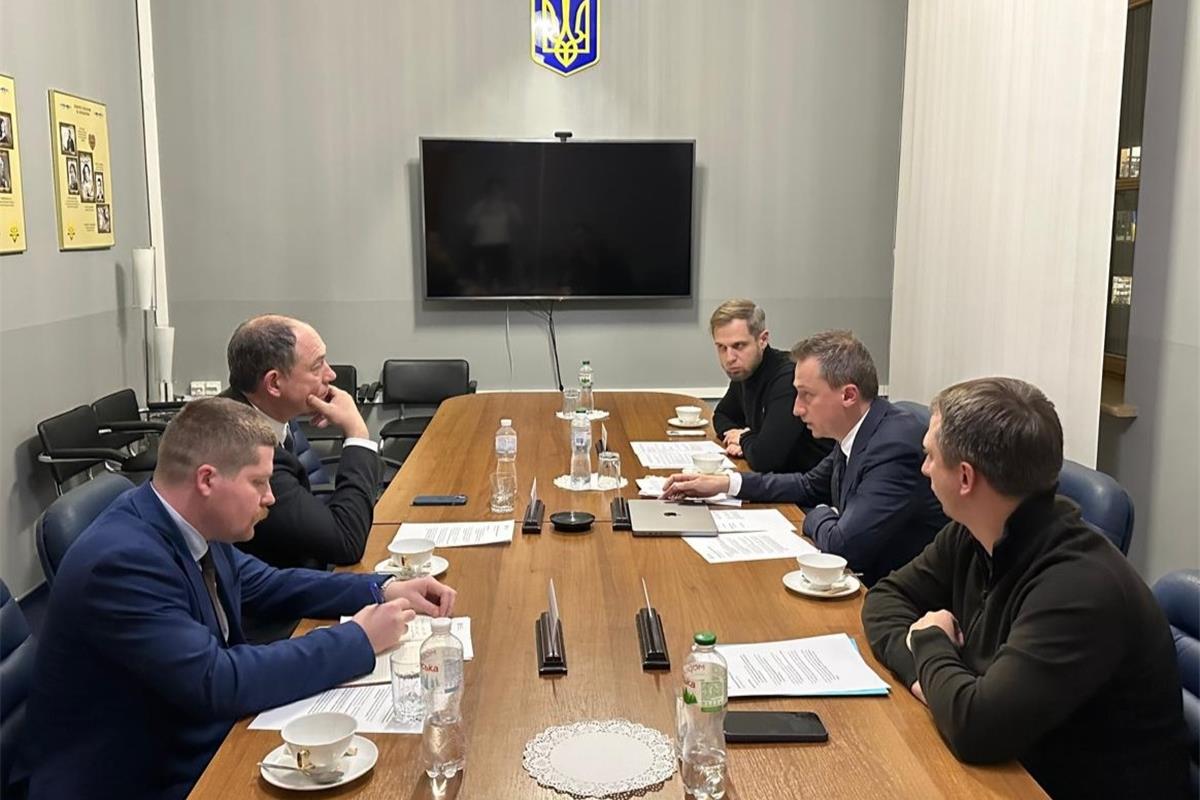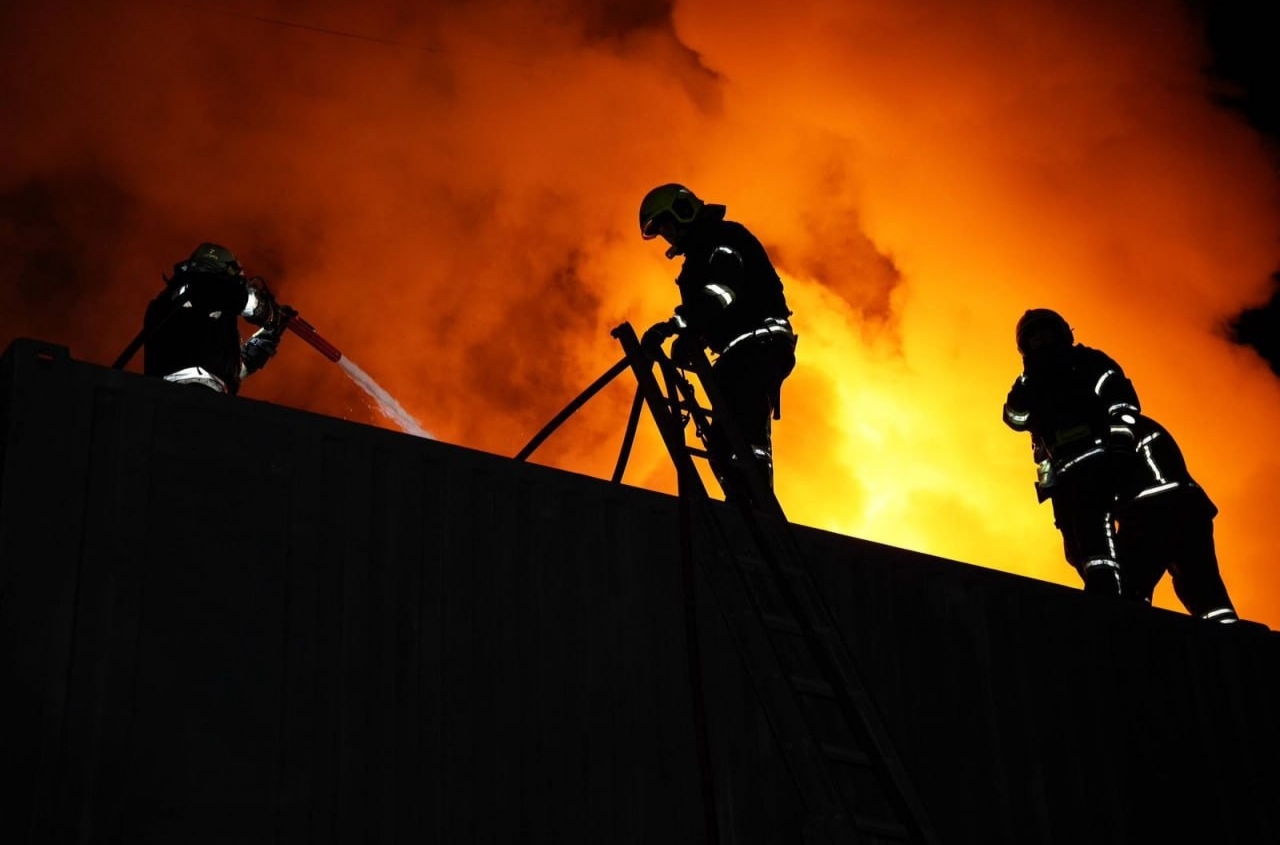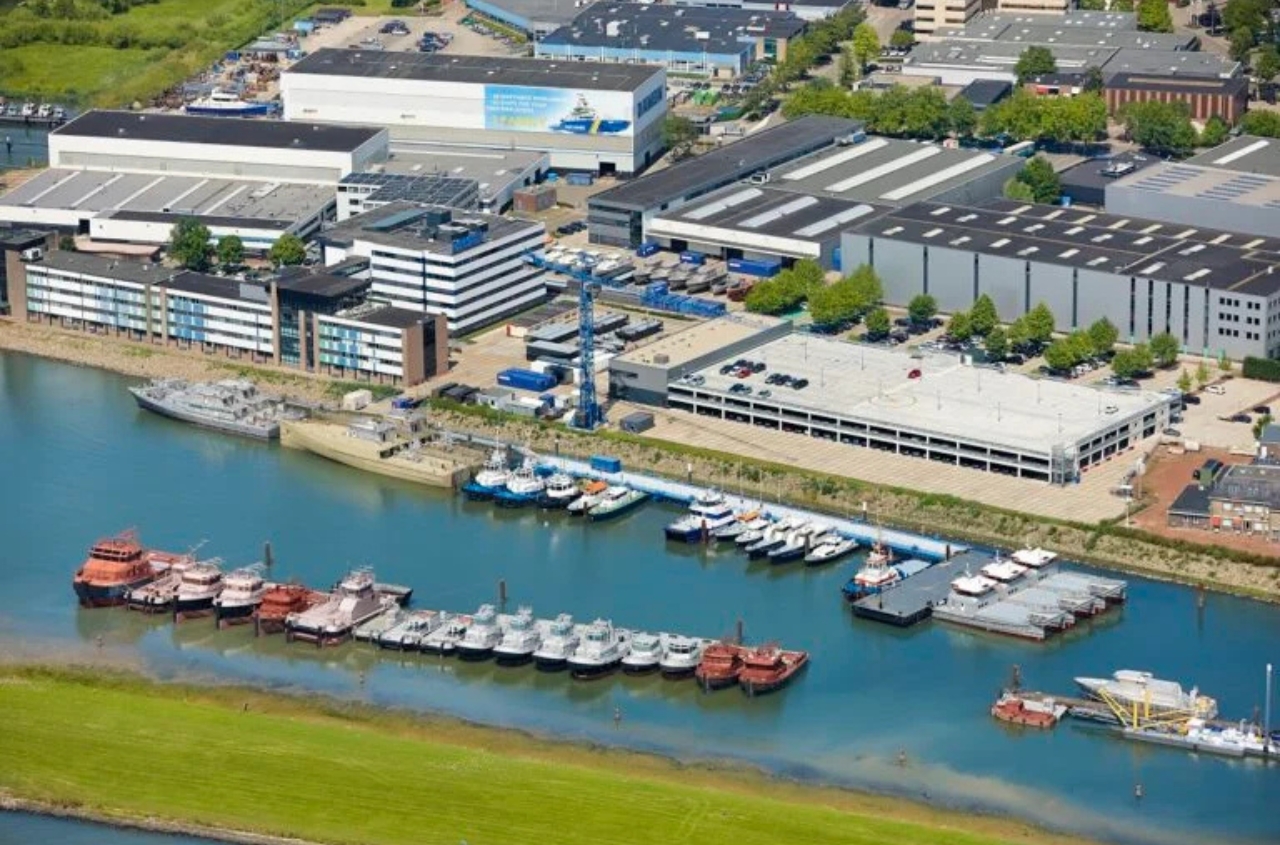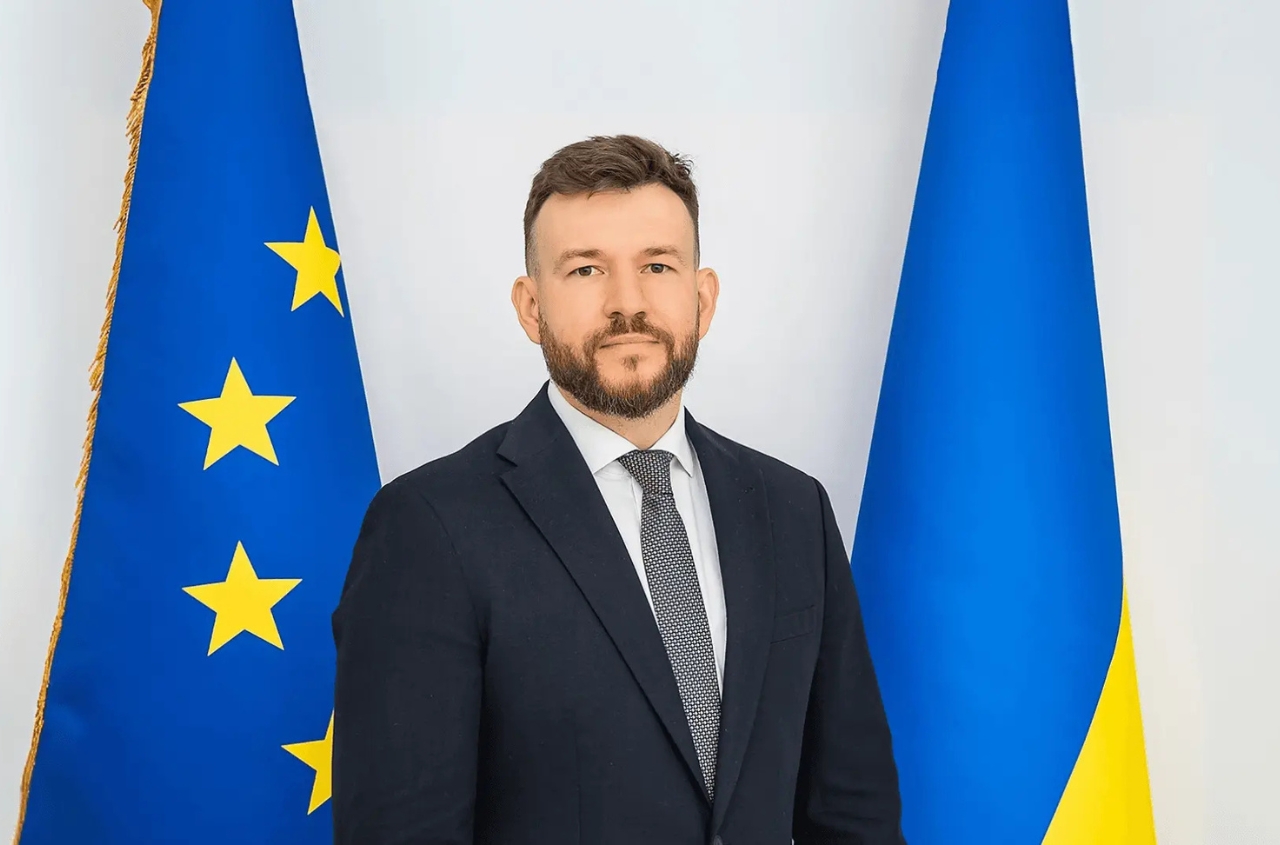During a working visit to Zaporizhzhia, First Vice Prime Minister and Minister of Economy Yuliya Svyrydenko was briefed on these issues and proposals by the Acting General Director of the Zaporizhstal Metallurgical Plant, Taras Shevchenko. This was reported in a press release from the enterprise.
The head of Zaporizhstal emphasized the urgency of preserving duty-free trade for Ukrainian metallurgists with the European Union. Yuliya Svyrydenko announced that this week the EU Council is expected to approve the continued exemption from trade defense instruments against Ukrainian metallurgy for another three years.
A significant problem for the mining and metallurgical complex is the need to postpone the introduction of the Cross-Border Carbon Adjustment Mechanism (CBAM) for Ukraine. Unlike their European counterparts, domestic producers lack access to investment and modernization funds.
Taras Shevchenko cited research by CMD Ukraine, according to which the implementation of CBAM for Ukraine in 2026 will make economic recovery and the realization of modernization and decarbonization plans impossible for the country. Experts expect that next year alone, due to the mechanism’s impact, GDP will fall by 4.8% or $8.7 billion. For the same reason, up to $2.8 billion in tax revenues may be lost.
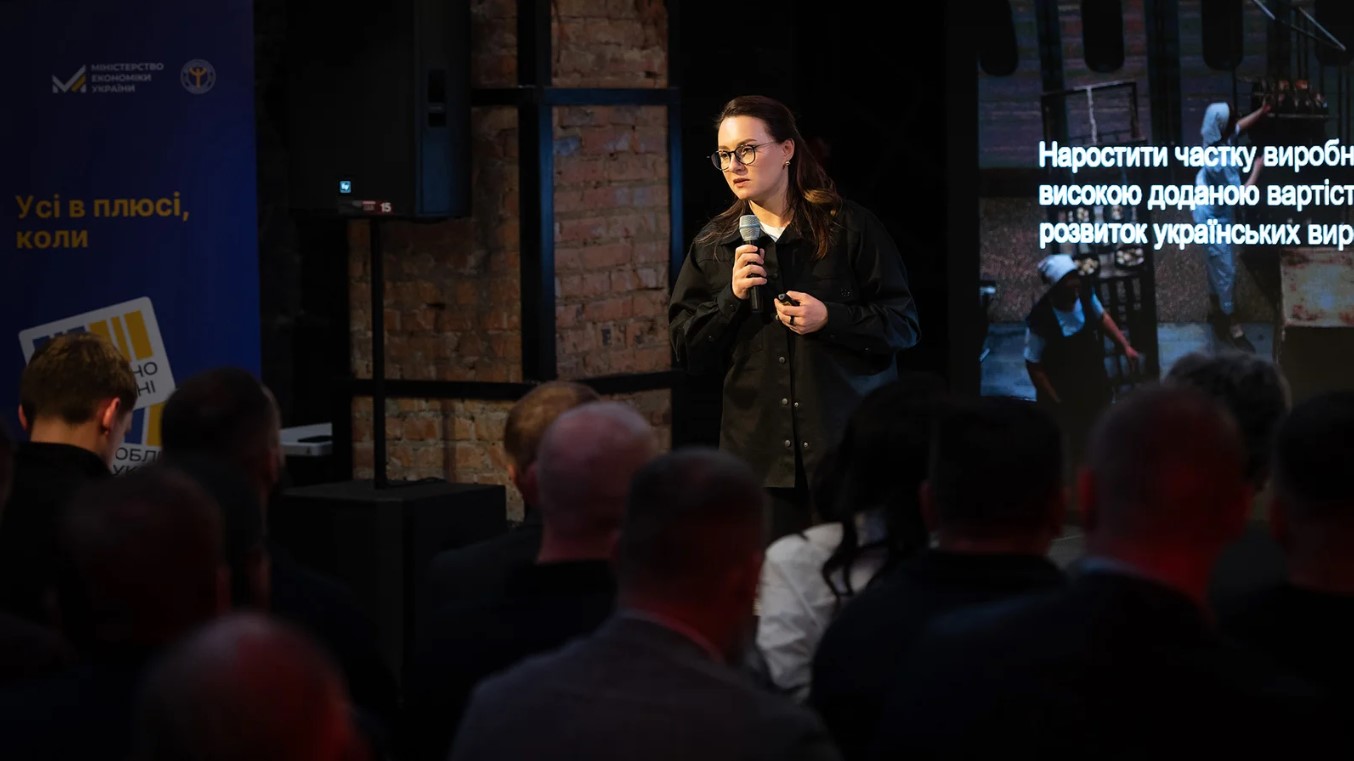
The issue of massive export of Ukrainian scrap metal abroad is also especially painful, causing a severe shortage of this metallurgical raw material. Taras Shevchenko firmly believes that scrap metal would better serve the interests of the Ukrainian economy if it remained in the country. One ton of this raw material exported yields minimal tax deductions and up to $350 in foreign currency revenue. Meanwhile, one ton of steel made from scrap provides the treasury with 15,000 UAH in taxes and $1,200 in foreign currency earnings.
The scrap shortage forces metallurgists to cast pig iron into ingots and sell this low-margin semi-finished product. Over the next four months, Zaporizhstal alone will offer the market pig iron ingots with low added value instead of 300,000 tons of high-value metal products.
“For the Ukrainian economy, the overall negative effect will be approximately $75 million in lost foreign currency earnings. The budget will not receive additional revenues from larger tax and other payments, which could and should go toward strengthening the country’s defense capabilities, social assistance, and support of the Armed Forces of Ukraine,” emphasized the acting general director of Zaporizhstal.
In addition, the CEO of the Zaporizhzhia enterprise stressed the need for a moratorium on raising railway transportation tariffs. Since the start of the full-scale invasion, the share of logistics costs in the production cost of metal products has quadrupled, as mining and metallurgical enterprises have reoriented to railways, while the cost of services has increased by up to 60%. According to Taras Shevchenko, railway logistics are critical for metallurgists.
“Even a slight increase in railway tariffs leads to a significant rise in our production costs, making our products uncompetitive in export markets. In such a case, export loses its economic meaning,” Taras Shevchenko stressed.
Recall that Zaporizhstal increased its rolled metal production by 2.6% in January-April 2025 compared to the same period in 2024 — to 865,000 tons. Pig iron smelting for January-April was 1.13 million tons, up 8.1% year-on-year. Steel output rose 1% year-on-year to 1.02 million tons.









